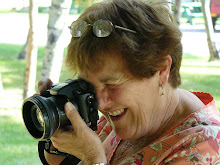
Legend has it that in 1620 a Jesuit priest in Peru came across the plant we now know as passion flower.
The flowers are 7.6 cm (3 in.) in diameter, opening from flat oval buds and flowering from summer to early fall. The ten petals (actually five petals and five sepals) are usually white but may also be red or purple. In front of the petals are fine, colorful filaments that are purple at the base, white in the middle and blue at the tip.
The ancient Aztecs reportedly used passionflower as a sedative and pain reliever. Today herbalists also recommend it as a sedative and antispasmodic agent.
Passionflower has been used for anxiety, insomnia, restlessness, epilepsy, and other conditions of hyperactivity, as well as high blood pressure. Passionflower also is included in many pain formulas when discomfort is caused by muscle tension and emotional turmoil.



